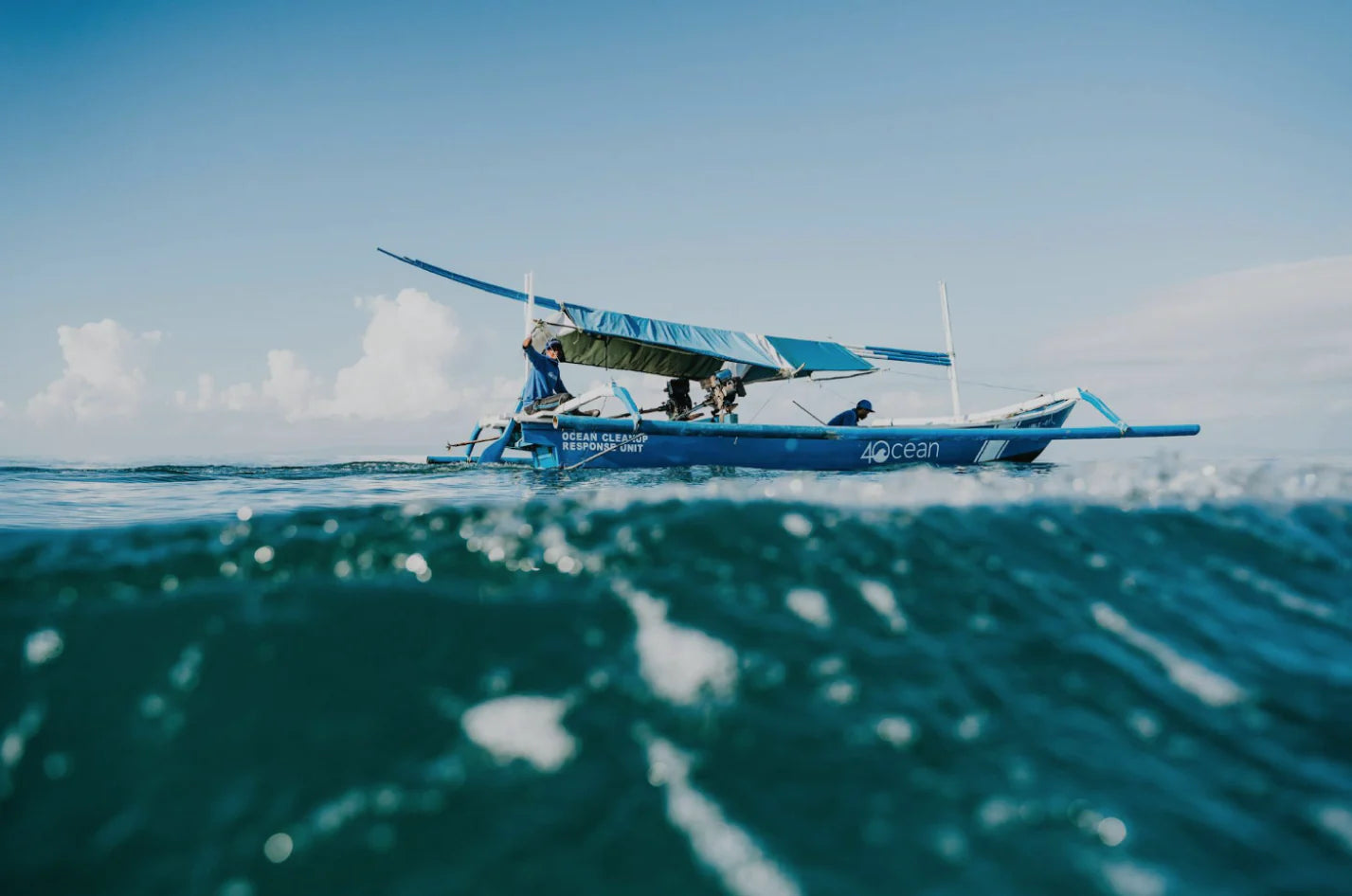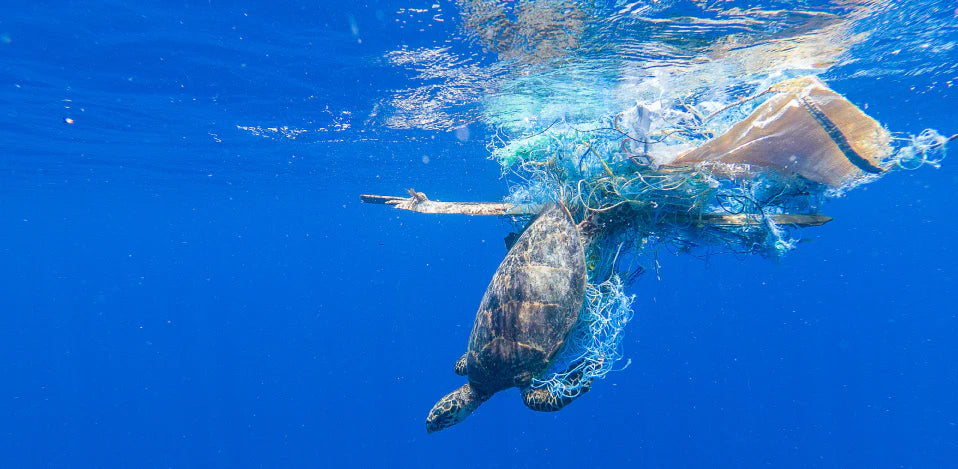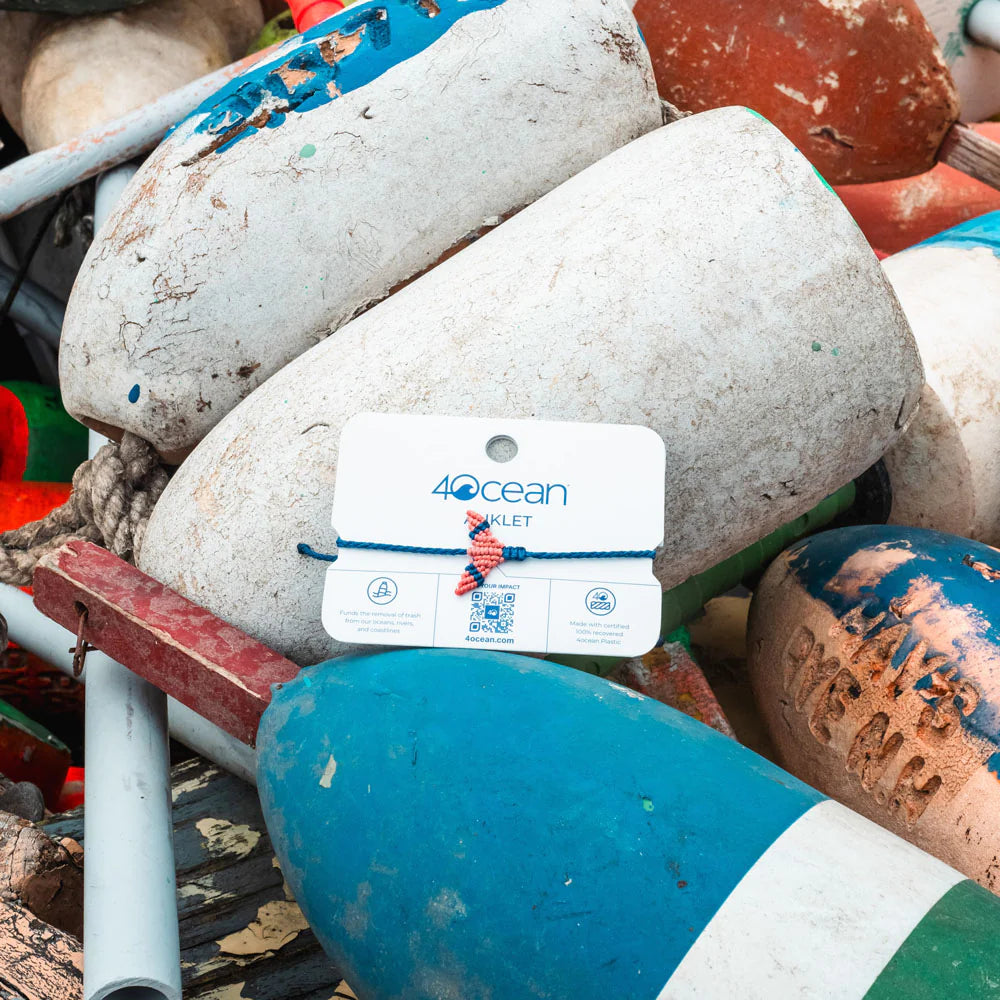5 MIN READ
4-8-2024
The Critically
Endangered North
Atlantic Right Whale
Mikaela Walsh, 4ocean Research Analyst
North Atlantic Right Whales are dying from entanglements and boat strikes. Conservation efforts need to increase ASAP.
One of the most endangered species of whales left in the world is the North Atlantic Right Whale, which inhabits the Atlantic Ocean. This Right whale species is commonly seen off New England's coast and between North Carolina and Florida. These two environments are considered critical habitats for nursing, feeding, and raising calves. There are only approximately 360 individuals left in the entire population. This whale species has been expected to live more than 100 years, but due to human interference with these animals, it is now shown that females only survive around 45 years and males survive 65 years. Researchers expect that females live shorter than males because of the energy exerted during birth, making them more susceptible to being unable to recover from injuries. A significant issue arises from this, making the male population more prominent than the female population. There are only 70 females that remain of reproductive age. It has been shown that these whales now wait six to ten years before having another calf.
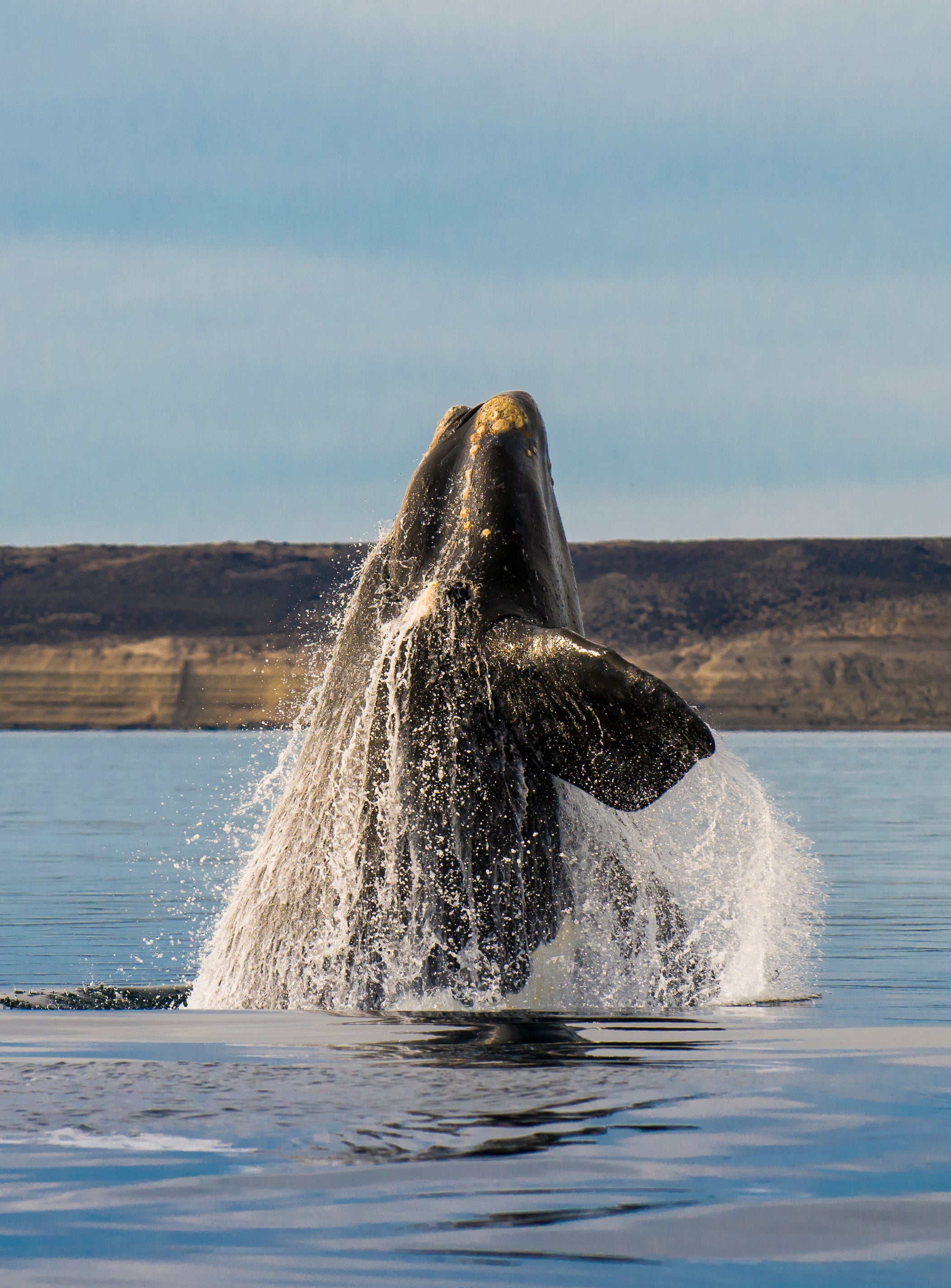
The North Atlantic Right Whale used to have a thriving population until the 1890s when they were one of the most highly sought-after whales for their blubber. These whales were almost pushed to extinction due to excessive overfishing behaviors by these whalers. The North Atlantic Right Whale got its name because they died, floated, and were the ‘right’ whale to hunt because the fishers could easily access their blubber. Although whaling is no longer an issue for these animals, they are still heavily impacted by human interactions, leading to a decline in population.
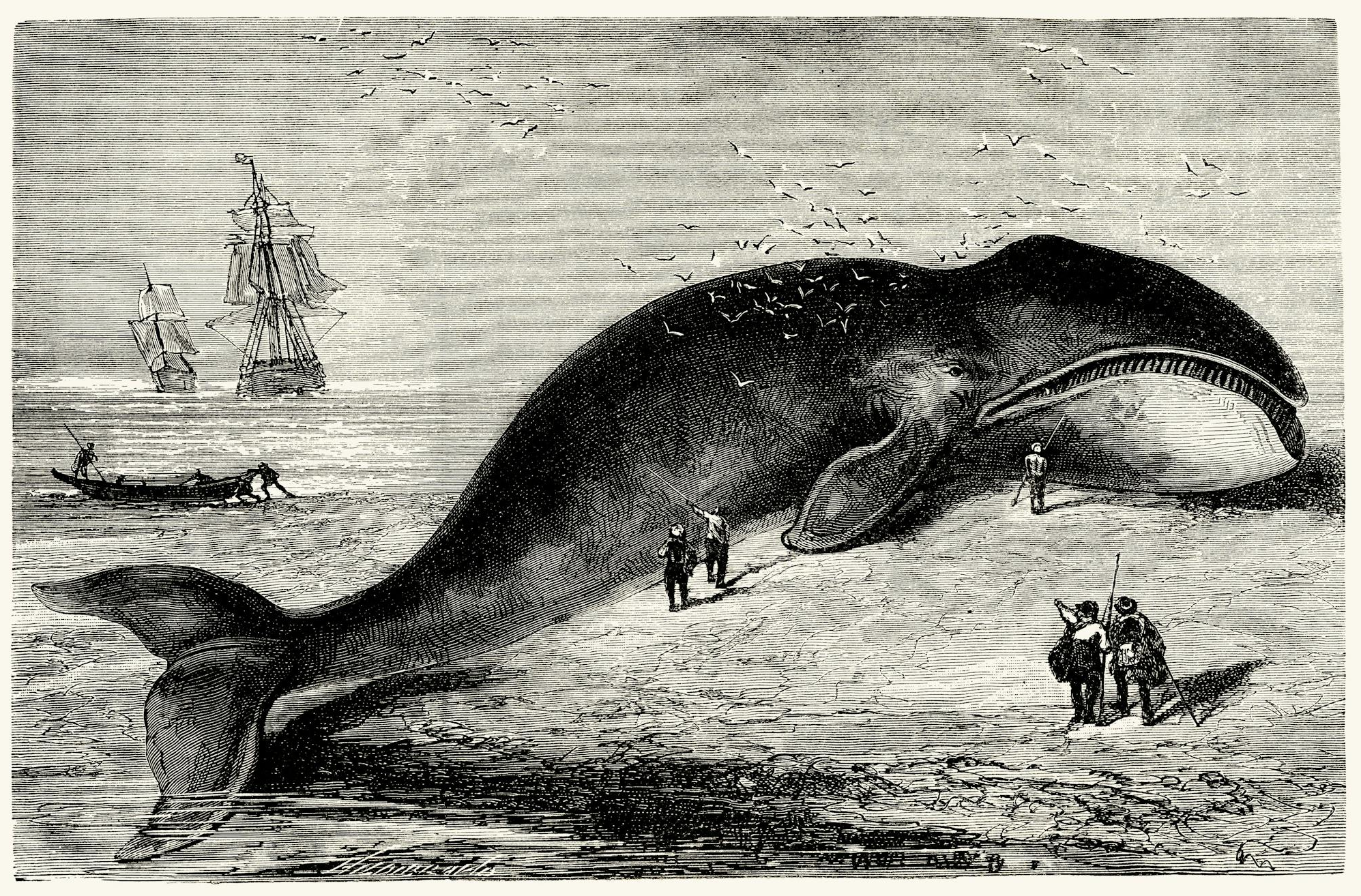
One of the leading causes for their continued decline in the ocean is boat strikes. Boat strikes have the most detrimental effects on these animals, and since 2017, fourteen individuals have died, two have serious injuries, and four have sublethal injuries from boat strikes. These vessel strikes occur when the whales float near the surface and boats speed through the ocean, causing the collision. They have very harmful effects because the propeller and motor on the ship have the ability to cut through the tough blubber. This causes profound blood loss and could attract predators to the now weak and in pain whale. These vessel strikes have the most deadly effect on these animals, but another severe threat poses these animals.
A significant issue for these whales is entanglement in abandoned fishing gear. Ghost nets have the ability to get stuck on the whale's tail or flippers. This causes excessive energy to swim normally and makes it highly challenging to feed when they carry a heavy weight of the nets and anything entangled in the nets. Since 2017, nine individuals have died strictly from entanglements, 30 have undergone severe issues, and 39 have sublethal injuries. This is causing a significant concern because an estimated 85% of the North Atlantic Right Whale have been entangled. More calves are dying than being born, and the deaths of these animals aren’t caused by natural or old age but by human actions.
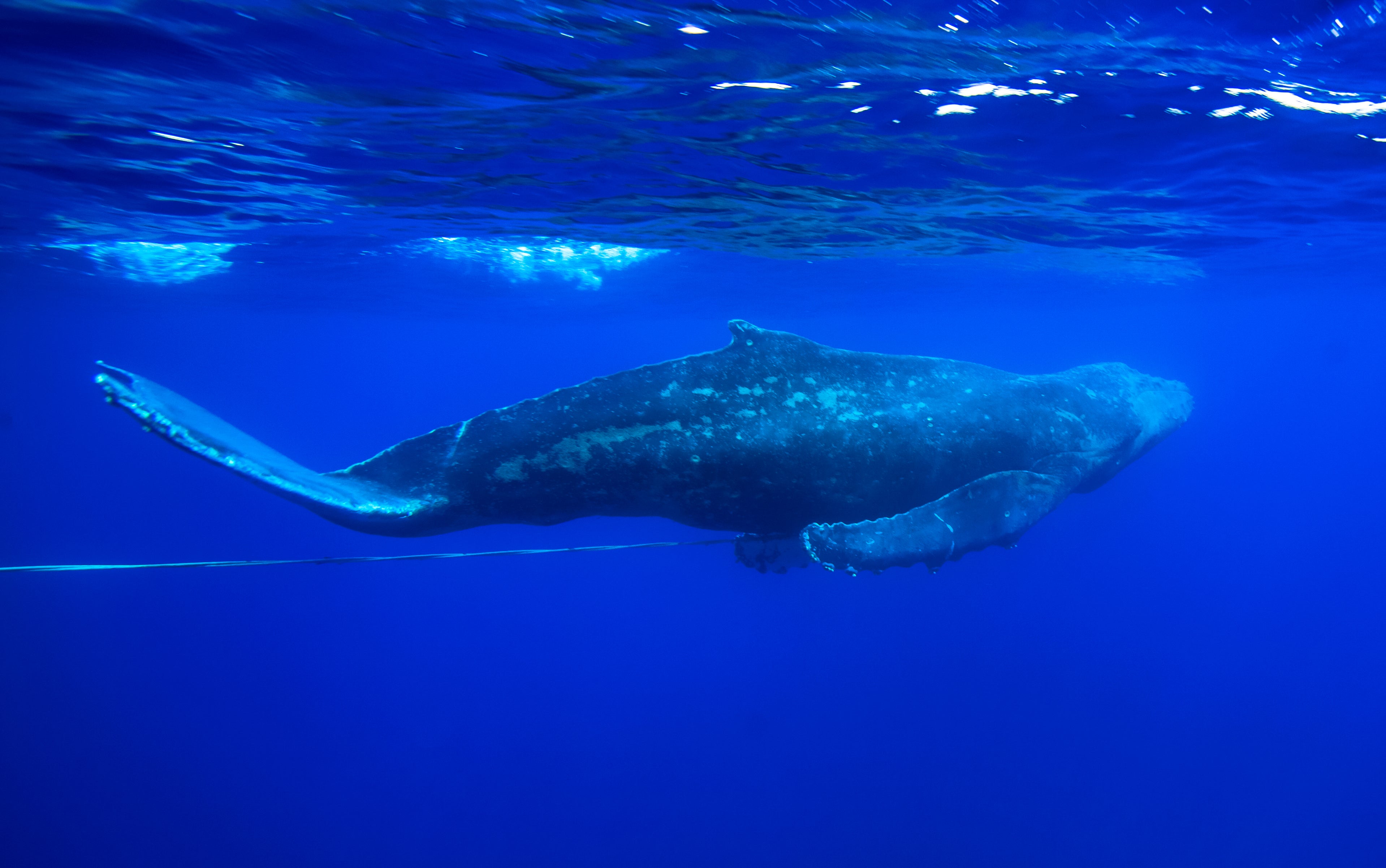
In 2024 alone, five Northern Atlantic Right whales have suffered significant injuries and deaths due to humans. A juvenile female whale was found with severe injuries from a rope being entangled around her tail. Still waiting for an official autopsy, it is hypothesized that the entanglement caused her life to be cut short. This is heartbreaking news because the female population of these whales is deficient, and this whale needs females to carry babies. This whale species has shown increased mortality rates since 2017 and is currently in an Unusual Mortality Event. Their population was starting to show signs of an increase until there was a turn in 2017.
This whale is now under extensive watch, and conservation efforts have increased. The cause of injury and death is known, but now we have to ensure this animal survives and doesn’t continue to decline. With the number of North Atlantic Right whale deaths occurring, there need to be at least 50 calves born each year to slow the declining population and allow for this species to recover, but currently, there are only about 20 born a year. The decline of this species is directly related to humans. This species can recover, but conservation efforts need to be increased by scientists, fishermen, and locals. This species is on the verge of extinction, but we can help them regain their population. Raising awareness is the first step.

Products You May Like
You May Also Like
